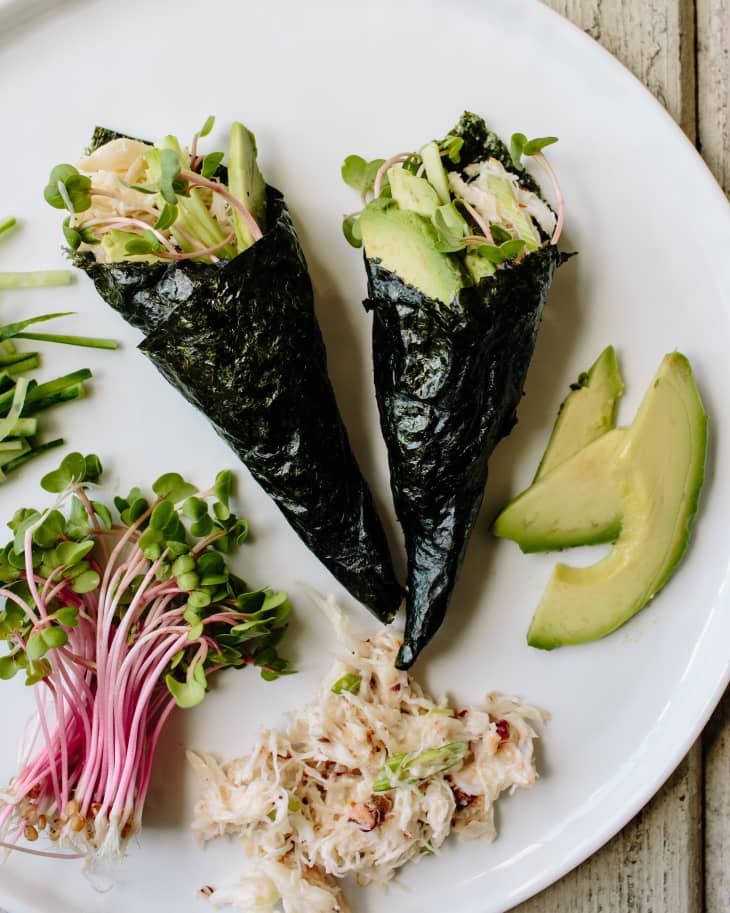What Are Sea Vegetables, and Should I Be Eating Them?
When you hear the term “sea vegetables,” you may think of something creepy and crawly that thrives on the bottom on the ocean. In reality, they’re much less scary: Sea vegetables are wholesome foods that are very much worth adding to your diet. Here’s what you need to know.
What Exactly Are Sea Vegetables?
Sea vegetables refer to edible seaweed. While they’ve long been a staple in Asian cuisines, they’re less common in Western culture (although they’re gaining popularity). One of the most common varieties is nori, which is used to make sushi. Other common varieties are kombu, dulse, arame, and wakame.
All sea vegetables are a rich source of nutrients. They’re full of good vitamins and minerals that are naturally found in the ocean — such as potassium, calcium, magnesium, and iron — and they’re also a good source of antioxidants.
Where Do I Buy Sea Vegetables, and How Do I Eat Them?
Sea vegetables are typically sold dried instead of fresh, which helps preserve their nutrients. They can be eaten in their dried form — try using them as wraps or crumbling them onto salads and grain bowls — or they can be rehydrated. To rehydrate, place in water for 5 to 10 minutes until soft. Then, add the softened seaweed to salads or stir-fries. You can even drop them directly into soup, where they’ll rehydrate in the hot broth.
6 Easy Recipes to Try
Have you tried sea vegetables? How do you like to use them?
